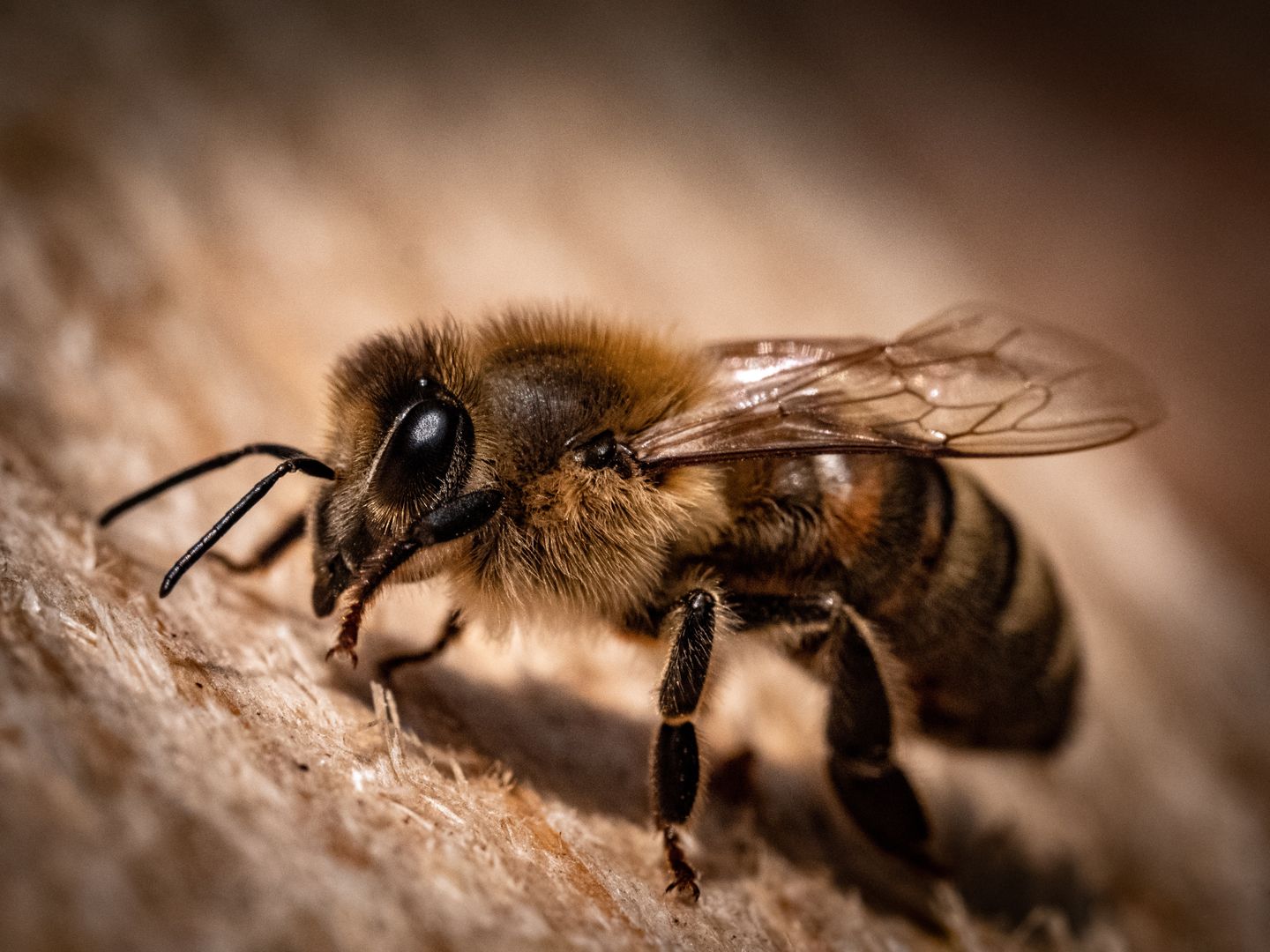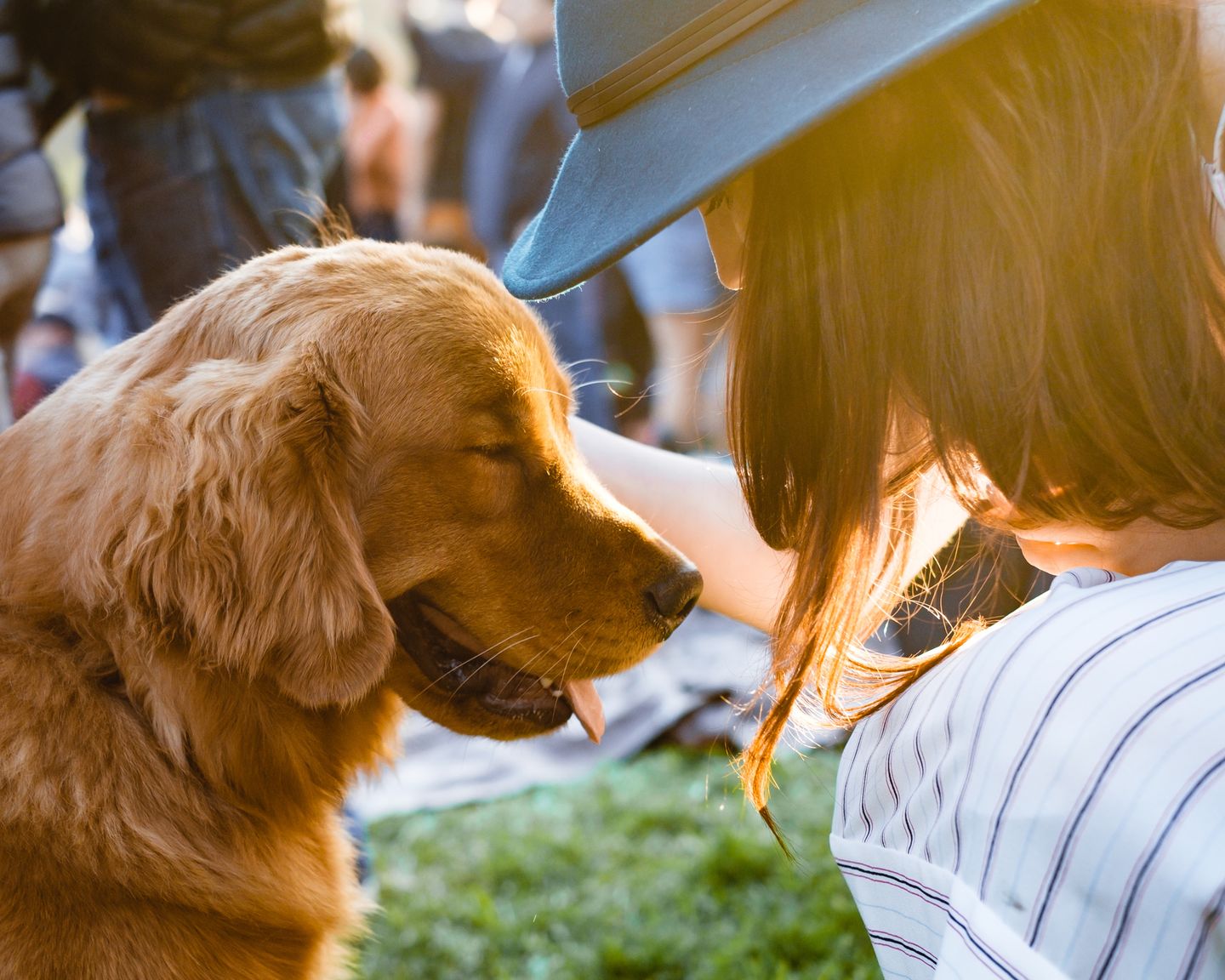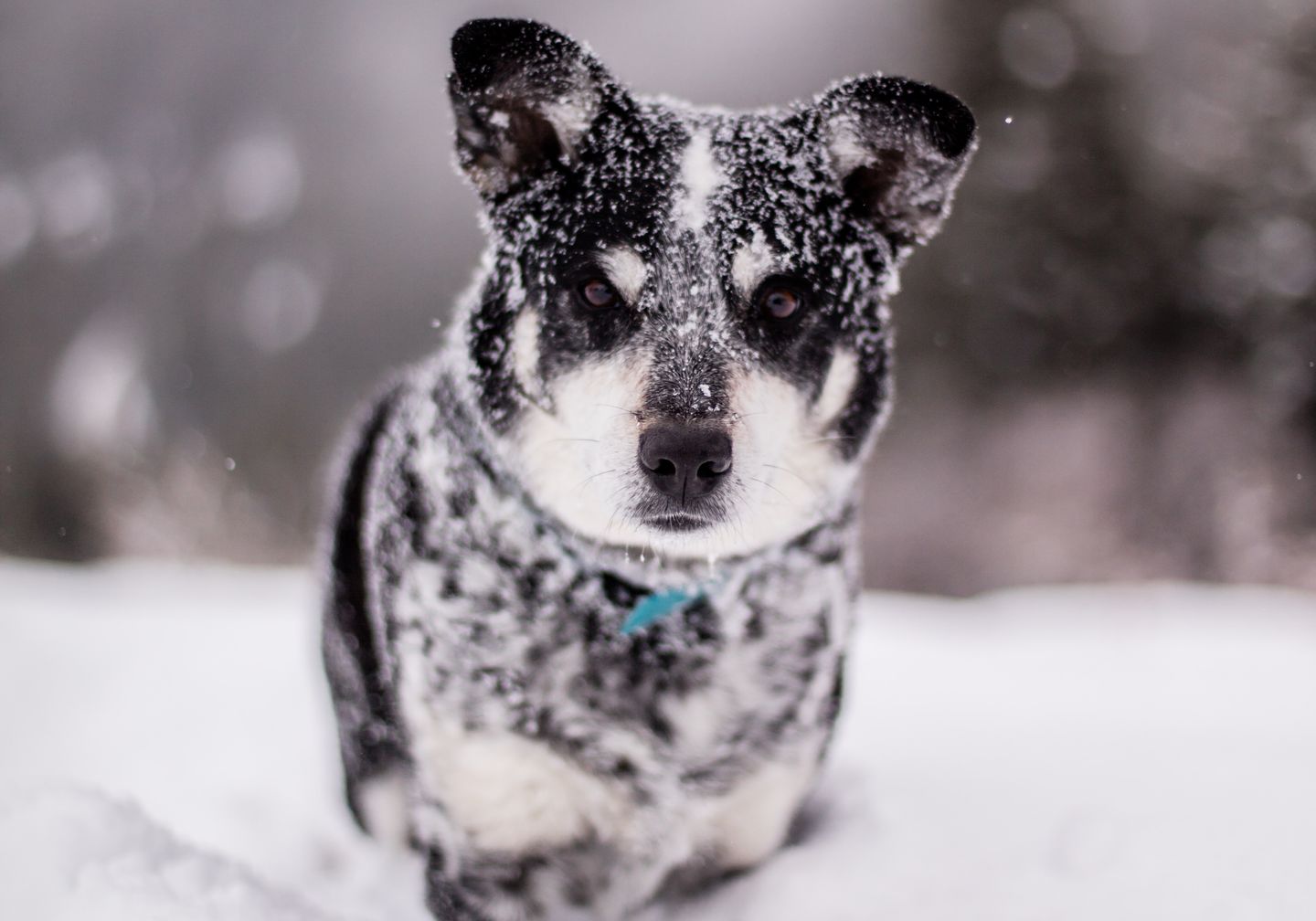Dog First Aid tips every owner should know
In the event of an accident, even a serious one, we can reduce the dog's pain and anguish, and even save its life, with appropriate prompt action.
With the immediate provision of first aid we can prevent damage, restore vital functions, reduce discomfort and stabilize the dog's situation until it can receive veterinary assistance. Although we never have to make use of this knowledge, it is better to be prepared in the event of an emergency.
Sometimes a few minutes can be very important to turn around a situation that can put our pet's health at risk. Be aware!
What should you stock in a first aid kit for your pet?
Some of the most important items to include in your first aid kit are:
- Muzzle
- Assorted bandages in different sizes
- Non-adhesive gauze dressing
- Alcohol pads
- Antibiotic ointment
- Surgical tape
- Small pair of scissors
- Tweezers
- An Elizabethan collar
- Clean towels
- Cold and heat packs
If you have enough space, you might also think about adding some additional items like a bottle of saline solution or hydrogen peroxide. You should also include a list of phone numbers such as your veterinarian’s office and an emergency vet number. It is important to make up several first aid kits and keep one in your home, one in your car, and another to take with you on trips. Be prepared!
Some problems and the best way to manage them:
1. Poisonings

Poisoning can be caused by ingesting unwanted products that may affect the dog's health. We must try to find out what it came into contact with and when, while keeping check of your pet's conditions. There are three ways a dog can be poisoned: skin, respiratory, or oral. We must be clear by what route he has been poisoned.
If our dog is very weak, almost fainted or unconscious, the first reaction is to remove it to an open, ventilated, and illuminated area. Meanwhile, someone should call the vet as soon as possible and explain as much information as possible. If the poisoning has been through the ingestion of something, we should make it vomit, but we will never do it if the animal is unconscious or passed out, it could be very dangerous. Nor should we give him water, food, milk, or oils until we know the problem for sure.
If the poisoning has occurred through the skin, we must quickly shake off the dust or substance and immediately bathe our pet with abundant warm water and using a soap that removes the oily substances well.
2. Wounds or bites

One of the most common accidents can be bites between dogs, motivated by various factors or superficial injuries such as scratches or cuts.
All of them should be washed with soap and water and applied iodine or hydrogen peroxide. It is advisable to trim the hair around the wound to avoid infection. If the wound is severe and a case of bleeding occurs, it should be covered with gauze and an elastic bandage, waiting to be seen by a specialist.
3. Irritation from insect bites

Bee, wasp, and other insect stings and ant bites cause painful swelling and redness where they occur, usually in a hairless area such as the nose or feet.
We can go to various medications or remedies in these cases, such as sodium bicarbonate, to relieve itching or ice, to relieve pain, or Aloe Vera, for irritation. We can also remove the stinger in case of a bee's bite with tweezers, or to antihistamines, which, given immediately and in the correct dose, can save a dog's life. All dog owners should have antihistamines (safe for dogs) in their first aid kit.
4. Burns

Pets can suffer burns for various reasons, such as oil splashes, excessive exposure to the sun, electrocution, or contact with some chemicals.
The first step to heal a burn in dogs or cats is to immediately lower the temperature of the affected area and proceed to sanitize it, applying a large amount of cold water on the burned skin. You can use a clean, moistened gauze to do this, but never rub the burn. Then, an antibiotic ointment or ointment must be applied to prevent an infection from occurring. If you do not have this medicine, you can replace it with a little honey, which is a natural product with great antiseptic properties.
Finally, you must proceed to bandage the burn. Make sure to use a clean gauze pad and cover gently and without pressure on your animal's affected skin.
5. Asphyxia

When the dog ingests a lot of water very quickly, some of it may go to his stomach and respiratory tract. This can cause coughing and breathing difficulties. To facilitate the expulsion of water from the lungs, we must lift both hind legs.
If the respiratory blockage is due to the fact of choking on food, we can try to perform the Heimlich maneuver, which consists of applying strong and sudden pressure to the abdomen (below the ribs) to cause the expulsion of the element that causes the problem.
6. Heatstroke

They usually occur in cases where the pet is in a place without ventilation with a high temperature, such as inside a car or due to lack of water. In summer we must also watch when we go out to exercise at certain times of the day. This is a problem that must be dealt with quickly because failure to arrive in time could result in death.
Symptoms are muscle tremors, increased heart rate, panting, excessive salivation, and bluish mucous membranes or gums. Your dog's rectal temperature should be 107.6 degrees or higher, when normal is between 100.4 and 102.2 degrees.
In these cases, we must do everything possible to reduce its body temperature again as quickly as possible, administering small sips of fresh water, soaking it with a wet towel or if we have the opportunity, spraying it or submerging it in cool water.
7. Hypothermia

The highest probability of hypothermia occurs in dogs that have been in very cold water, even for a few minutes, especially those that lack a thick coat. In this case, we must dry the animal by rubbing it vigorously with a towel. We wrap the dog in a warm blanket and take his rectal temperature. If this is lower than 98.6º C, veterinary assistance must be obtained immediately. The animal must remain warm but avoid that its temperature rises too much.
8. Resuscitation

A cardiac massage and artificial respiration, given at the right time, can save the dog's life. Breathing and heart rhythm can fail as a result of an accident, poisoning, or drowning. If the heart or breathing fails, we must notify the vet while we try to resuscitate the animal. To avoid brain injury, oxygen-rich blood flow to the head must be immediately resumed. Your heart has to regain function in a few minutes.
Artificial respiration If we believe that the dog is not breathing, we must firmly rest the ear on its chest, to try to hear the beating of its heart; if it still works, it will be necessary to apply the resuscitation "mouth to muzzle". If we cannot hear the heart, we will have to start with a cardiac massage.
With the dog lying on its side, we make sure that the neck is stretched forward. We remove any obstacles in the mouth and stick out the tongue. If it has been injured on the muzzle, the dog will take air through its mouth and the tongue could make it difficult to breathe.
Keeping the animal's neck as straight as possible, we grasp its snout with our hands and blow through its nostrils for about three seconds, to inflate its lungs. The chest should expand. We stop for two seconds and repeat the operation.
We can check that the heart is still beating by feeling under the shoulder of the dog or by pressing the ear to its chest. If the heart beats, we will continue with resuscitation until the dog is breathing on its own. If your dog's heart stops, we will have to apply heart massage immediately.
The heart massage procedure is as follows:
1. We place the palm just below the shoulder, on the left side of the chest. We position ourselves on top of the other hand and then press firmly with both hands, downwards and forwards, towards the brain. This will propel blood from the heart to the brain. It is repeated six times, at one second intervals.
2. After these six massages we give him mouth-to-mouth breathing. The two techniques continue to alternate until the heart begins to beat; then we continue with resuscitation.
Emergency action Before starting artificial respiration we must get the heart to beat. When giving a heart massage we should not worry about bruising a rib or applying too much pressure. It's a matter of life or death. In large dogs, in particular, a lot of force is required to get the heart to pump blood. The cardiac massage should be maintained for at least ten minutes. It is not advisable to attempt to resuscitate the dog while its heartbeat is still weak. Artificial respiration can keep the injured animal alive until veterinary help is obtained.
Remember: knowing this information can help you save your dog’s life!

